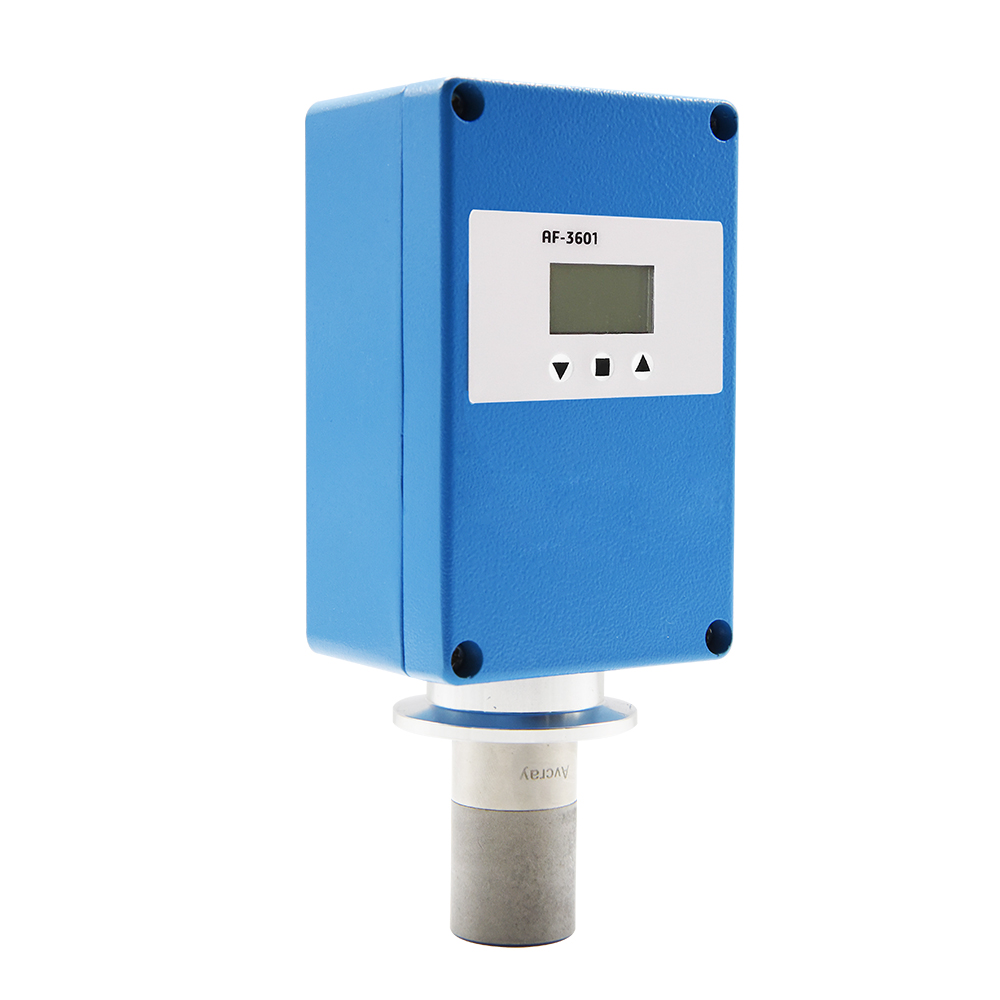The portable single-gas detector is mainly used to protect the lives of personnel and to detect the concentration of hazardous gases H2S or CO exposed to extreme environments. The instrument uses a sturdy engineering plastic shell and a good protection design, and can be used in changing and abnormal climate environments such as deserts or the Arctic Circle. The instrument is small and light, and can be easily clamped on a belt, shirt pocket or helmet. The large LCD liquid crystal display can clearly read the gas concentration, type, peak value and high and low concentration alarm levels. If the current high and low gas concentration values exceed the preset limit values, the instrument will alert the user with sound, light and vibration.
Portable single gas detectors are often used in places where flammable gas is used or produced in chemical plants, oil, gas stations, steel plants, etc. When the flammable gas leaks in the industrial environment and daily life environment, when the flammable gas concentration detected by the gas alarm reaches the alarm value set by the alarm, an audible and visual alarm signal will be issued to remind people to evacuate and force Safety measures such as exhausting air and shutting down equipment. The combustible gas alarm can be linked to related linkage equipment. If a leak occurs in factory production, storage and transportation, it can drive exhaust, cut off power, spray and other systems to prevent explosion, fire, and poisoning accidents, thereby ensuring safe production.

How to arrange the installation position of the portable single gas detector?
According to the relevant regulations of GB50493-2009 “Petrochemical flammable gas and toxic gas detection and alarm design specification”, the installation position of the detection alarm is determined according to the density and wind direction of the detected gas, but the detector should be avoided in the air flow. local.
In general, indoor spaces with a moderate area can be evenly distributed according to the protection radius, that is, the detector is installed within 1m from the release source or within 6-8m between the two detectors; the area is too large or there are a large number of ventilable parts. In indoor space, detectors should be arranged according to outdoor conditions. When the combustible gas detector is installed outdoors, it should be arranged on the upwind side of the annual minimum frequency wind direction of the toxic gas emission source. The distance from the emission source should not be greater than 2m, or the horizontal distance between the two detectors should not be greater than 15m.
When detecting toxic gases heavier than air, the detector installation height should be 0.4-0.8m above the ground; when detecting toxic gases lighter than air, the detector installation height should be 0.2m higher than the release source, and the detector should face down when installing .
View more quality oxygen analyzers with low price and free shipping all over the world.
